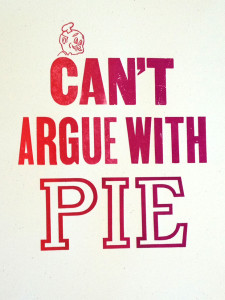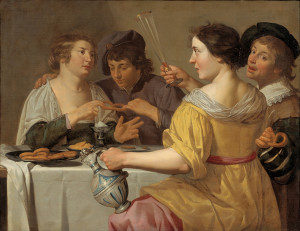The setting sun on the 15th of March this year brings Purim, a springtime holiday in the Jewish calendar that is marked with costumes, noise-making, and eating hat-shaped pastries. If that sounds like too much fun to pass up, maybe you should join in the fun.
Purim is, at its core, a commemoration of an event that took place in ancient Persia as recorded in the Book of Esther. Haman, the royal vizier to the king, plotted to kill all the Jews in the empire, but his plot was discovered and foiled by Queen Esther and her father, Mordecai. On each Purim, the story of these events is told in the reading of the Megillah, and each time the name Haman is spoken, the congregation boos and hisses and twirls graggers to drown it out.
It’s also a day of wonderful costumes. It’s traditional to dress as the main characters from the Purim story, but then again, it’s not uncommon to see all manner of costumes on Purim. And then there are the hamantaschen––small pastries shaped as a triangle, like Haman’s hat, filled traditionally with poppyseed or prune. It is traditional to offer gifts of food to others on Purim, and in fact my very first hamantaschen was one such gift. My friends Georges and Judith brought me two hamantaschen at work one Purim, and told me all about the story of Esther and the evil Haman and the graggers to blot out his name. I thought the hamantaschen were delicious, and I thought the whole thing sounded like great fun. Happy Purim.
Image: When Georges and Judith brought me those first hamantaschen, they came in a box that also told the story of Purim and I pasted some of the more interesting graphics from the box into my journal. The date was March 18, 2003. I’m guessing that must be Esther and the king amidst floating hamantaschen.


